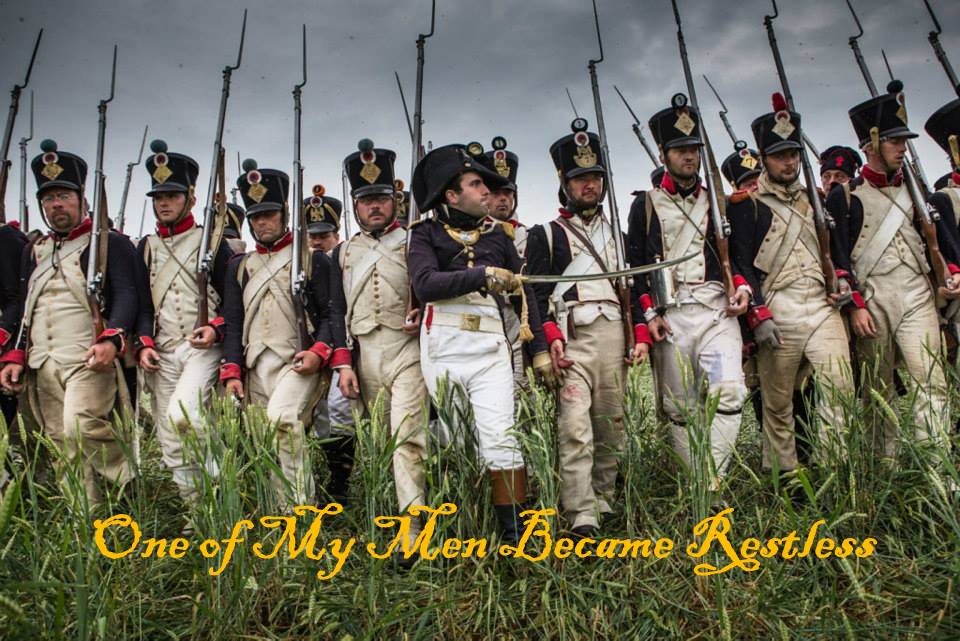 |
| Moving to Northern Virgina has inspired a dip back into 15mm ACW. I've never had enough fences but had bought the materials to make them ages ago, so I thought I'd finally do so. They are easy but time consuming and were made over the course of a few weeks, doing a bit here and there every few days, to allow for drying and all that. |
 |
| The bag of 2 5/8 Inch Mini Sticks can be seen at rear. They are perfect rectangles - unsuitable for the split rails that comprised the actual fences. Here I took an X-acto and whittled off all the perfect corners making the lengths of them all irregular. Not seen here are the vast quantity of shavings that were left behind as I got quite aggressive in slicing off the excess. Many were broken too in my impatience but, by and by, I had enough to fill the plasticard strips I had collected for the bases. |
 |
| After they were sufficiently beat up, I cut these lengths in half using a ruler to ensure uniformity. |
 |
| It was easier to just mark them all at the midway point and then go in and finish the job all at once. |
 |
| I used Gorilla Wood Glue on a palette and a toothpick to apply it. The construction was fairly simple - glue and stack. |
 |
Normally each end shouldfold over with the end on the adjoining stand but they would be too delicate to be serviceable. The ends on a fence like this are traditionally just left to hang and touch the ground but I didn't want those descending sections on what were already fairly short lengths, so, I compromised by putting spacers in between to preserve the height across the entire length of the stand. |
 |
| These longer lengths at the end are not glued down - they are just there to provided spacing. |
 |
| Once it dried, I removed the spacers. At the ends (hard to see here), I dotted more glue and then put in an upright on one half - taking them into the realm of utter fantasy as none of these fences were constructed in this way. The point was that they didn't require nails, tools, holes or the upright posts. |
 |
| Here are several completed lengths with the uprights discretely in place. |
 |
| I split one of the plasticard strips in two and build two shorter fences to provide some flexibility on the tabletop. |
 |
| After all the fences were built, I glued down some railroad ballast to break up the smooth surfaces. I toyed with the idea of leaving bare ground unflocked but I didn't end up doing that. Then I primed the lot of it all black. |
 |
| Craft paint, as a rule, gets used for large terrain pieces like this. This was the trio I used to paint the wood in order, left to right with increasing brightness. |
 |
| All was coursly drybushed though the first coat of Raw Umber went on fairly wet and sloppy. |
 |
| My camera seemed to have gone bust so I switched to my cell phone camera - hoping that's not permanent. I offer that to explain the difference in quality of the photos. Some time ago I had Home Depot mix up a quart of "Graveyard Earth" and two highlights for it. The black was a pain to cover so it was another highlight of Graveyard Earth and then the third was what would be the middle color in the trio. All hard to see here and all a waste of time as I flocked over all of it. |
 |
| After painting the bases, I added one or two Winter Tufts to each base to break up the static grass that will go next. |
 |
| The ground cover appears a lot more cool and green in tone under this Android lighting. |
 |
| The white under the tufts is Elmer's White Glue and will dry clear but it does stand out here. |
 |
| The rest of the bases were covered in Woodland Scenics' Harvest Gold Static Grass. |
 |
| Here I hurriedly set them up in their final form. |
 |
| I'm slightly unhappy with the color of the static grass as it doesn't quite harmonize with my other terrain pieces but it'll do. |
Well I hope this was helpful or even inspiring - it's a fun and rewarding project and I have a bunch of usefule fences to boot.
Thanks for looking - questions, comments and followers are welcome and encouraged! There'll be several more ACW posts coming up ...























